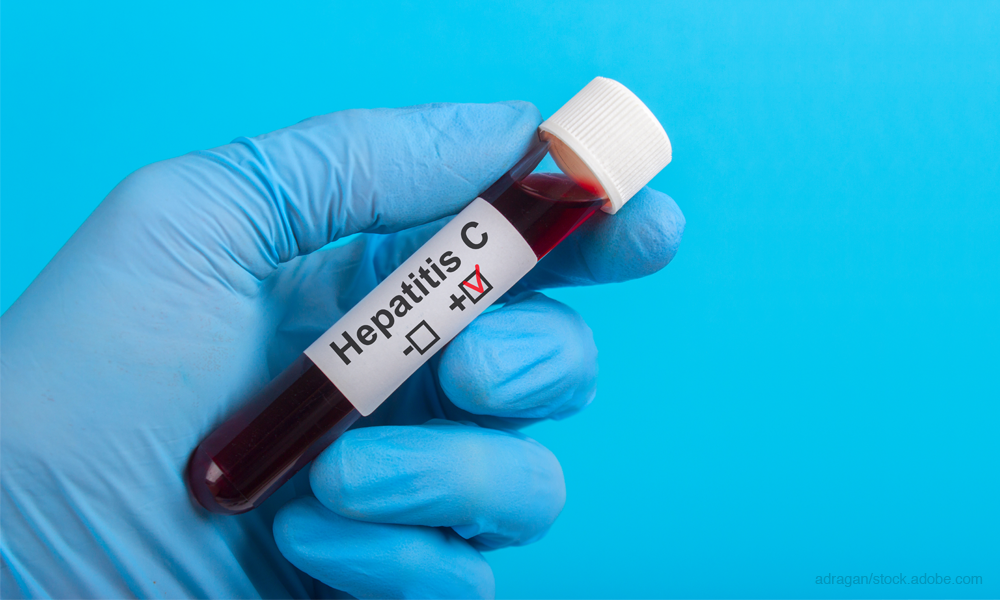State Adopts “Netflix” Model to Pay for Hep C Drugs
Louisiana’s subscription model aims to rein in the hepatitis C epidemic in the state.

Croughan

At least 90,900 Louisianans are currently infected with hepatitis C, a disproportionate number of whom are low-income and/or incarcerated. About 39,000 people in Louisiana's Medicaid program and state prisons are estimated to be chronically infected. Moreover, the rate of new infections is growing dramatically as a result of injection drug use associated with the opioid epidemic.
The Louisiana Department of Health (LDH) is hoping that a new way to pay for expensive hep C treatments could help patients with the disease in Medicaid and corrections populations, as well as offer a model for others having trouble paying for these drugs.
The approach, a subscription model, will be accomplished using a competitive Solicitation of Offers (SFO) process. The goal is to create a public/private partnership with a drug manufacturer that will enable the State to pursue elimination of Hep C as a public health epidemic in Louisiana.
“There’s a highly effective treatment for hepatitis C, but because it’s too costly, not everyone can access it,” says Pete Croughan, LDH chief of staff. “This model will create a new precedent for how payers acquire medications in a public health crisis.”
The “Netflix” model
Others have termed this a “Netflix” model, where consumers pay a monthly fee to stream unlimited television shows and movies, because it is subscription-based, according to Croughan.
“Under the model, LDH will enter into an agreement with a manufacturer to utilize their direct-acting antiviral medications for the treatment of hepatitis C in the referenced populations,” he says. “This arrangement provides unlimited access to DAAs for five years for all Louisianans enrolled in Medicaid or incarcerated. The total annual cost will be equal to or less than what the state spent on DAAs for these populations in 2018, no matter how much treatment is provided.”
Related article: How Early Hep C Treatment Is Linked to Non-Hodgkin Lymphoma
The high cost of direct-acting antiviral medications make treating large numbers of patients with hepatitis C, especially in Medicaid and corrections, prohibitively expensive-especially given our public health demands, according to Croughan.
“That’s why the subscription model, which gives us unrestricted access to medication, is the key first step in our elimination campaign,” he says.
Goal, expected outcomes
The subscription model is not enough on its own to meet LDH’s goal of curing more than 10,000 Louisianans by the end of 2020, according to Croughan. “LDH will also implement complementary strategies in parallel with the subscription model to ensure the unlimited supply of direct acting antiviral medications to reach the intended populations,” he says.
The additional strategies comprising the hepatitis C elimination program, as listed in the SFO, are:
- Expand provider capacity to treat hepatitis C
- Educate public on availability of cure and mobilize priority populations for screenings
- Expand hepatitis C screening and expedited linkage to hepatitis C cure
- Strengthen hepatitis C surveillance to link persons previously diagnosed to treatment
- Implement harm reduction and complementary treatment Strategies to prevent new or reinfections
- Extend elimination efforts to all populations within the state
The Department expects the partnership to begin on July 1, 2019. The result of this partnership will allow Louisiana to have unlimited access to highly effective direct-acting antiviral treatment(s) for five years.
Tracey Walker is content manager for Managed Healthcare Executive.

Jack Linehan of Epstein Becker Green Discusses Drug Coupons, Accumulators
July 9th 2020In this week's episode of Tuning Into The C-Suite podcast, Senior Editor Peter Wehrwein has a conversation with John "Jack" Linehan, a lawyer for Epstein Becker Green, about coupons and accumulators. Jack is an expert on drug distribution and reimbursement, and few people know as much about coupons and accumulators as he does. Peter and Jack go over some of the basics, who is advantaged and disadvantaged, and then dive into some the details on CMS regulations and how recent proposed changes to Medicaid best price rules would, if finalized, affect coupons and accumulators.
Listen